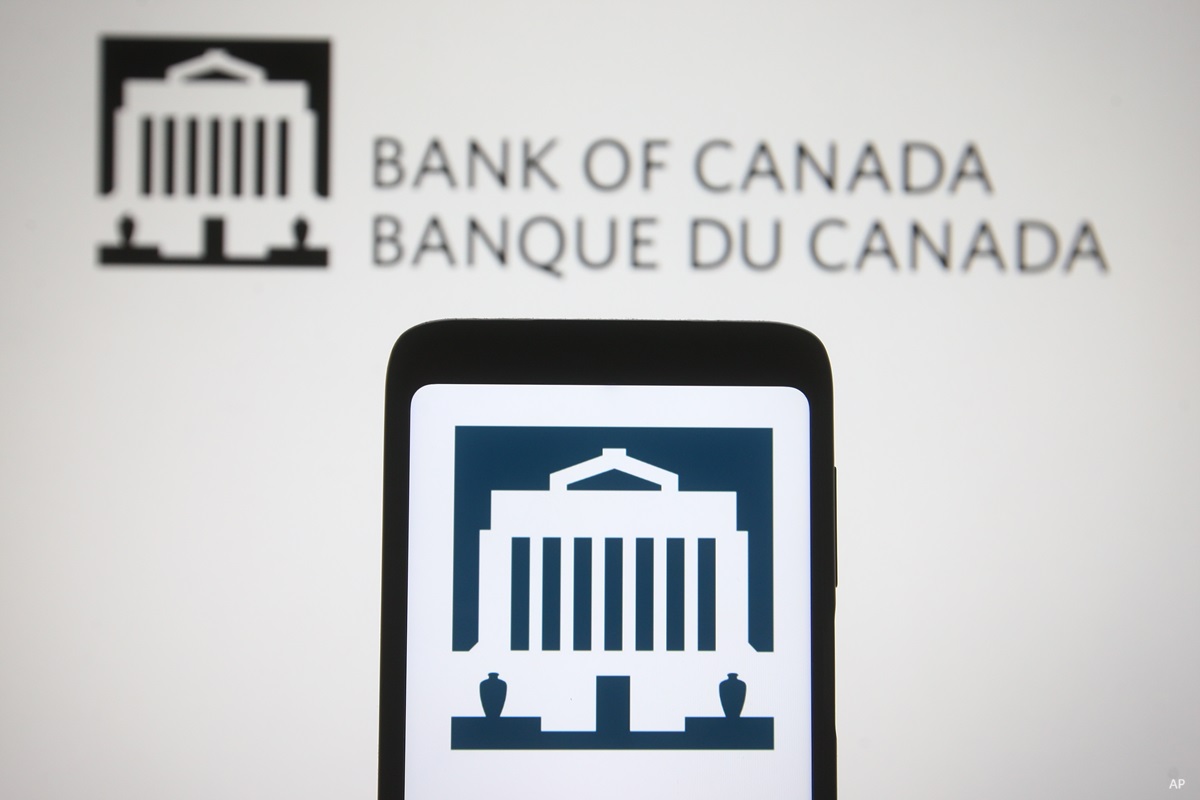
Last month, the Bank of Canada raised interest rates for the first time since 2018 – the first of what many anticipate will be a series of hikes. The Bank is attempting to curb inflation, but the challenge will be to curb inflation without destroying the economy and, in turn, the financial markets.
"When the U.S. Federal Reserve raises rates, it tends to overdo it," says Frédéric Demers, Director and Investment Strategist at BMO Global Asset Management. This is what happened in 2006, after the Fed raised its key rate from 1.5% in June 2004 to 5.25% in June 2006," says Yanick Desnoyers, Vice-President of Economics at Addenda Capital.
At that time, the real estate market began to fracture, the less-than-desirable financial products started to implode, the stock markets entered a period of unbridled volatility, and the economy ultimately fell into a recession. As early as September 2007, the Fed retreated, letting its key rate slide uninterrupted to 0.11% on December 15, 2008.
The same scenario was repeated roughly in 2018, as the Fed raised its policy rate from 0.125%, starting in December 2015, to 2.375% in December 2018. At that point, markets were anticipating three more rate hikes, recalls Yanick Desnoyers, and feared the onset of a recession. As early as September, the markets began to slide, ending a 13.5% drop at the end of December. The Fed, for its part, continued to raise its rate to 2.44% in April 2019, quickly bringing it down to 1.55% in November 2019.
A Hike Too Far?
At some point, those rate hikes in the past two decades went too far. Looking back, we can ask two questions: will the Fed and the Bank of Canada succeed in containing inflation? And can the two do so without causing the markets to plunge and without provoking a recession?
“Mission impossible, states Desnoyers. It is mathematically impossible for central banks, on the one hand, to bring inflation down to 2% when it is already two to three times higher, and on the other hand, to support employment at the same time.” According to him, inflation will prove to be quite intractable, since it has already become embedded in wage growth. “Inflationary expectations are starting to un-anchor,” from the stated target of 2%, he adds.
In Canada, wages have risen significantly over the past six months, by about half a percentage point per month. "In six months, we're going to have numbers as high as in the U.S.," predicts Desnoyers.
In the wake of the Ukrainian crisis, wage growth will certainly not relent, expects Anil Passi, Director, Global corporate, at Morningstar. “When people go to fill up their tank and when they see their grocery bill, he says, they’ll think: ‘I can’t settle for just a 4% wage increase’.”
Reaching the Tipping Point
There is only one way scale inflation back, believes Desnoyers: by breaking wage expectations. How do you break them? By increasing unemployment. How do you do that? By provoking a recession. "At some point," the economist predicts, "the markets are going to understand that the central banks are obligated to cause a recession, and that's when they will retreat."
To harness inflation, the banks must raise policy rates above the breakeven point (the point where rates stop being neutral and enter the “tightening” zone), which the Fed puts at 2.5%. That could be the tipping point: markets will give in when they anticipate that central banks are about to exceed the equilibrium point of 2.5%.
For Demers, the critical moment will probably come during the summer when we will approach the yield curve inversion threshold, where the yield on short-term bonds exceeds that on long-term bonds, typically two- and ten-year bonds, by about 30 basis points.
Don’t Expect Houses to be More Affordable
Many believe that the housing sector will contract as interest rates increase. “In some markets where you had a really rapid increase in prices, you could see a fall of 10%, 20% even, said Peter Routledge, head of the Office of the Superintendent of Financial Institutions (OSFI) on a podcast.
Meanwhile, an RBC Economics report says that that its Housing Affordability Ratio has risen to 47.5% in the third quarter of 2021—the worst level in 31 years. Responding to the Bank of Canada’s rate hikes, variable mortgage rates will rise. “The knock on affordability will be felt across the country,” notes the report.
Rate increases should dampen the housing market, agrees Benjamin Tal, Deputy chief economist at CIBC Capital Markets, however “they will not derail it”, he says. About a quarter of mortgages are at variable rates, which exposes them to rate increases, but the large majority are at fixed rates and are buffered against rate rises, especially for existing borrowers whose mortgages originated in 2017 through 2019. Also, fundamental forces pushing up prices will continue to prevail, Tal believes, notably a continued strong inflow of immigration sustaining demand and the fact that nearly a third of house purchases are financed in part by gifts from one generation to another, that amount reaching about $200,000 in Toronto and $340,000 in Vancouver.
And What About Businesses?
Where the effect of rate increases could be more severe is in the business sector, especially with all the uncertainty of the Russia-Ukraine crisis. It’s too early to note the consequences, states Anil Passi, but “it’s possible that credit risk could increase for the most risky debtors and rates could increase for companies that are more geopolitically sensitive. It could also cause companies to revise their business plan and halt investments.”
Where the impact of higher rates will definitely be the greatest is on small businesses, believes Tal, while the larger corporations will take more time to absorb it. “Many small businesses borrow with variable rates, so they will feel the pain immediately, he says. Over the next year or two, we will see increased bankruptcies and debt defaults in small companies.”








.jpg)










